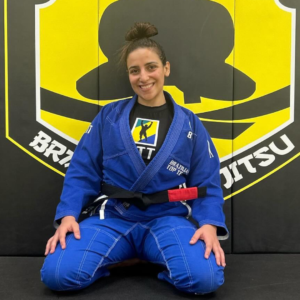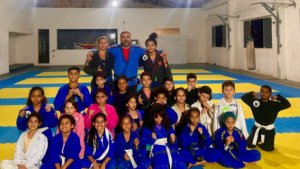Brazilian Jiu Jitsu, often referred to as BJJ, is a martial art and combat sport that has gained international recognition for its effective self-defense techniques and competitive nature. Rooted in the Japanese martial art of Judo, Brazilian Jiu Jitsu was developed and refined in Brazil in the early 20th century, leading to its name. This article delves into the origins, principles, and current standing of Brazilian Jiu-Jitsu, highlighting its significance in the martial arts world.
The Origins of Brazilian Jiu Jitsu
The story of Brazilian Jiu-Jitsu begins with Mitsuyo Maeda, a Japanese Judo master who migrated to Brazil in the 1910s. Maeda was instrumental in spreading Judo, then known as Kano Jiu-Jitsu after its founder Jigoro Kano, outside of Japan. In Brazil, Maeda met the Gracie family, who would play a pivotal role in evolving Judo into what is now known as Brazilian Jiu Jitsu. Carlos Gracie, one of Maeda’s students, along with his brothers, especially Helio Gracie, adapted and modified the techniques to suit a smaller, less physically imposing practitioner, focusing on ground fighting and submission holds.
Principles and Techniques
Brazilian Jiu Jitsu is fundamentally different from other martial arts due to its focus on grappling and ground fighting. The core philosophy of BJJ is that a smaller, weaker person can successfully defend against a bigger, stronger assailant by using leverage, body positioning, and submission holds, including joint locks and chokeholds. This principle has proven effective, making BJJ a cornerstone for many self-defense systems and a critical component of mixed martial arts (MMA) training.
A typical Brazilian Jiu-Jitsu class involves warm-ups, technical drills, positional sparring (also known as “rolling”), and sometimes live sparring. Practitioners wear a gi (a traditional martial arts uniform), which allows them to practice various grips and techniques that wouldn’t be possible in regular clothing. However, no-gi BJJ is also popular, where competitors wear shorts and rash guards, making the sport more applicable to MMA.
Brazilian Jiu Jitsu in the Competitive Arena
The competitive aspect of Brazilian Jiu-Jitsu is another element that has contributed to its global popularity. Competitions are held at local, national, and international levels, with athletes competing in various weight classes and belt ranks. Matches are won by points, submissions, or referee decision, with a strong emphasis on respect and sportsmanship. The International Brazilian Jiu-Jitsu Federation (IBJJF) is the sport’s leading governing body, organizing some of the most prestigious competitions, including the World Jiu-Jitsu Championship.
Impact and Influence
Brazilian Jiu-Jitsu’s influence extends beyond the mats and the competitive scene. Its principles of leverage and technique over brute strength have made it a sought-after discipline for law enforcement and military training. Moreover, BJJ has become an essential part of MMA, with nearly every top-level fighter incorporating it into their training regimen. Its effectiveness in real combat situations has been demonstrated time and again in the Ultimate Fighting Championship (UFC), where BJJ practitioners have achieved significant success.




